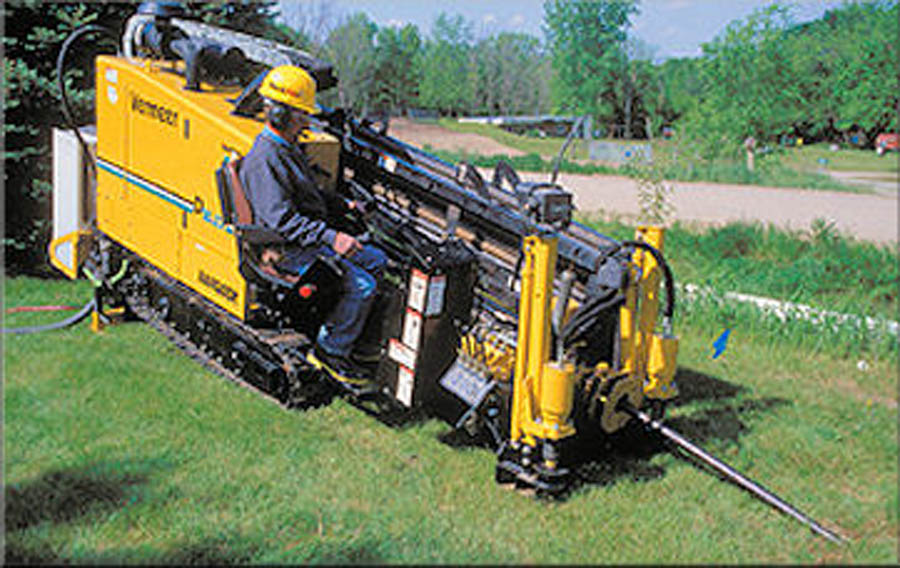In an era where infrastructure development and environmental factors often intersect, directional drilling stands out as a game-changing solution. This modern technique has changed the way we approach subsurface excavation, enabling greater accuracy, efficiency, and little disruption to the surface environment. As we explore this fascinating field, we'll uncover the fundamentals of directional drilling, exploring its background, technology, and various applications across sectors.
Directional drilling is more than a method used in oil and gas exploration; its benefits also include utility installation, renewable energy projects, and urban infrastructure development. This article will lead you through the key aspects of directional drilling, clarify its key distinctions from traditional drilling methods, and highlight the innovations that are transforming its future. By the end, you will gain a deeper understanding of how directional drilling is revolutionizing the approach to modern construction and how it plays a crucial role in our rapidly changing world.
Comprehending Directional Drilling
Directional drilling is a modern technique that enables drillers to establish wells at multiple angles rather than just straight down. This technique is essential for reaching resources that are located beneath complicated geological formations or in urban areas where room is constrained. By managing the borehole, directional drilling offers flexibility in locating oil, gas, and other resources while reducing surface impact and ecological impact.
The procedure of directional drilling involves the use of specific equipment, including cutting tools and mud pumps, which allow the drill to change angle and direction as needed. This ability not only improves resource extraction but also minimizes the number of drilling sites necessary, making it a more environmentally friendly option. With progress in technology, operators can now reach exact paths, ensuring that wells are located accurately where they are needed.
In addition to this to oil and gas applications, directional drilling is progressively being used in service placements and renewable energy projects. The capability to drill horizontally beneath barriers like rivers or city infrastructure is important for enhancing efficiency and safety in many industries. As the requirement for innovative drilling solutions grows, understanding the principles and applications of directional drilling becomes progressively important for both sector professionals and curious newcomers.
Advantages of Inclined Drilling

Horizontal drilling offers numerous pros that make it a popular choice in various industries. One of the key advantages is its capability to minimize surface disruption. By permitting drilling at an tilt rather than straight down, it allows for the setup of pipelines and services without extensive digging. This is critically important in metropolitan areas where space is at a premium, and the impact on the surrounding environment needs to be minimized. As Horizontal Directional Drilling Dublin Ireland , projects can be finished more effectively and with fewer issues for local communities.
Additionally, significant plus of directional drilling is the potential for temporal and cost savings. Standard drilling methods often demand increased setup times and more effort-filled processes. In comparison, inclined drilling can streamline operations by cutting down the number of drilling points needed and speeding up project timelines. This efficiency results into reduced labor and resource costs, making it an economically viable option for many applications, including petroleum and gas extraction, utility setup, and infrastructure development.
Moreover, directional drilling is increasingly valued for its sustainability benefits. This technique not only minimizes surface disruptions but also limits the ecological impact of drilling activities. By permitting for focused drilling in sensitive regions, companies can prevent affecting natural habitats and minimize waste generation. As sustainability becomes a more critical concern, the environmental advantages of directional drilling make it an crucial tool in creating sustainable infrastructure outcomes.
Future Trends in Directional Drilling
As technological innovations progresses, the future of drilling direction looks promising with new advancements on the way. The integration of AI and machine learning is set to revolutionize drilling operations by allowing for enhanced data evaluation and decision-making in real-time. These technologies can help improve drill paths, forecast potential problems, and elevate safety protocols, eventually boosting overall productivity in drilling projects.
Furthermore, the push towards sustainability is driving the evolution of directional drilling techniques. Environmentally friendly drilling fluids and reduced noise technologies are gaining acceptance, meeting sustainability targets while still meeting industry demands. The increased focus on lessening ecological footprints will likely drive further advancements aimed at making directional drilling even more suitable with environmental regulations and sustainable practices.
Lastly, the role of digital solutions, such as cutting-edge software and sensor technologies, cannot be overlooked. These digital tools will allow better oversight and tracking of drilling progress, enabling operators to respond promptly to any problems that arise. As the sector adopts more technology-driven strategies, directional drilling will become more accurate and optimized, opening doors to new applications in urban settings and difficult terrains.
